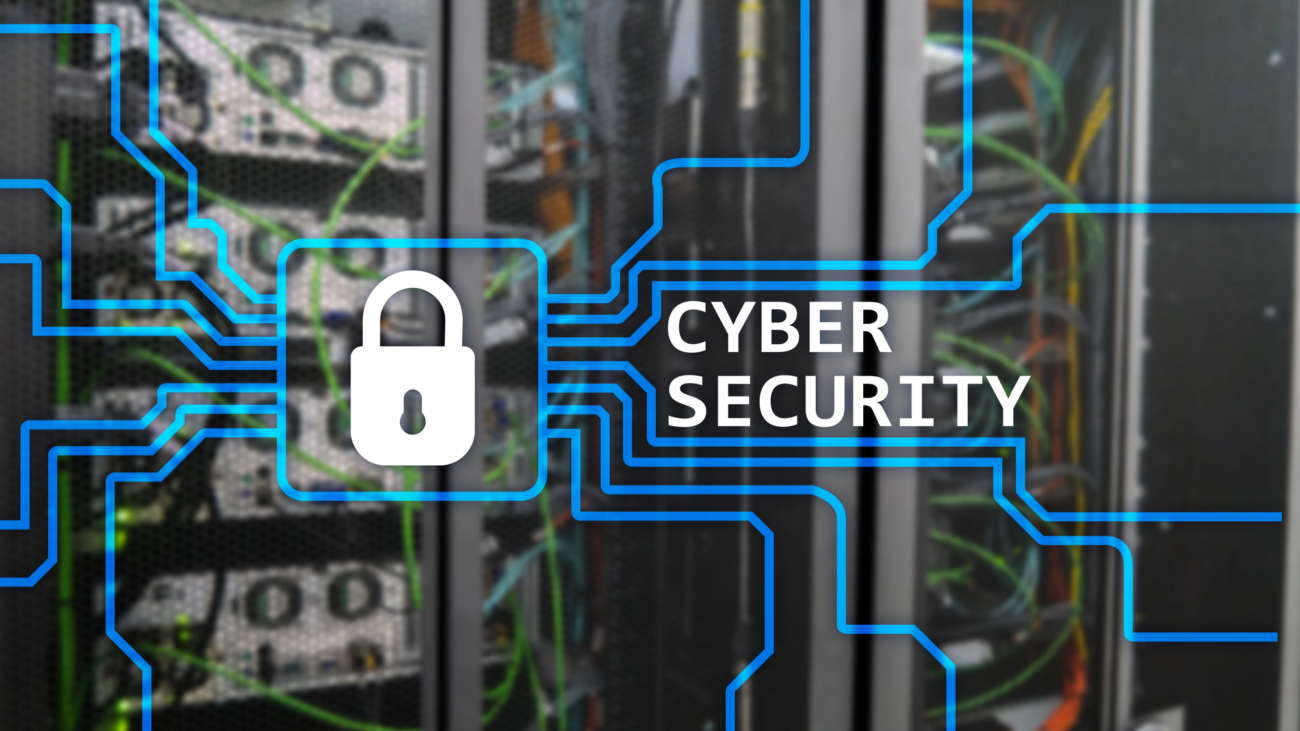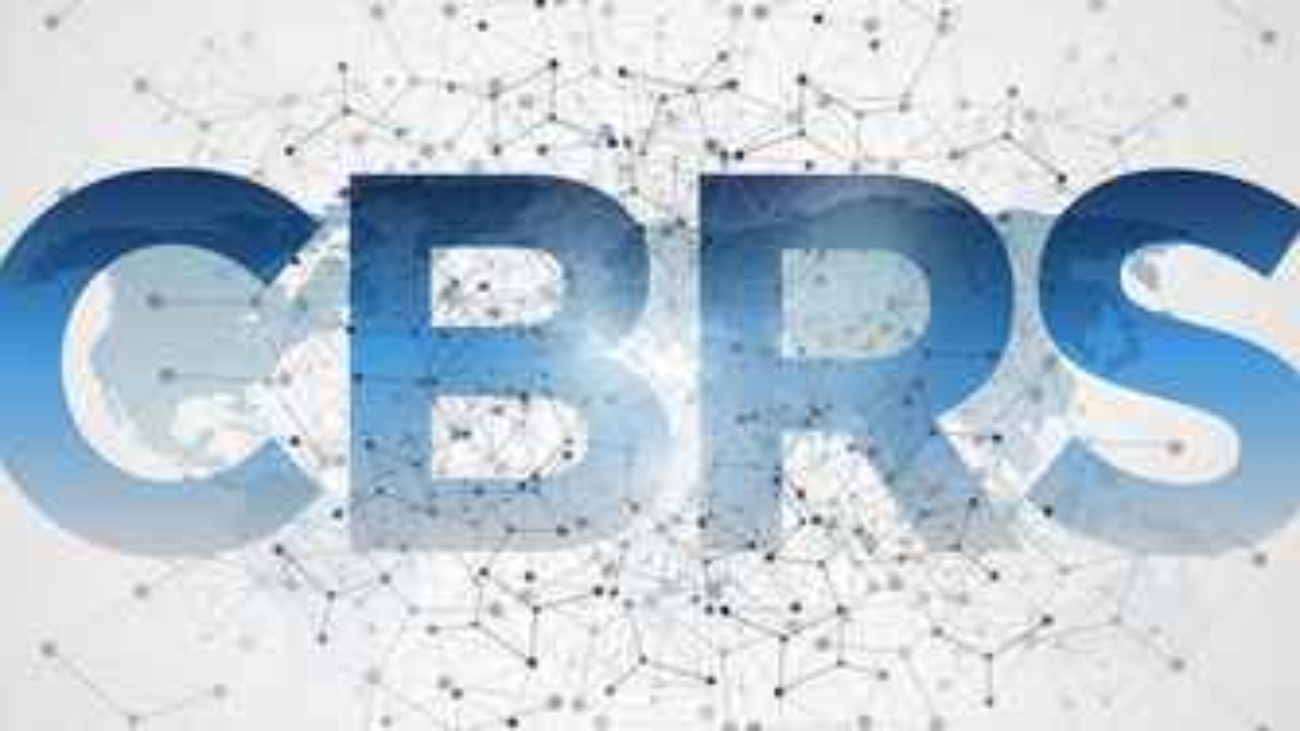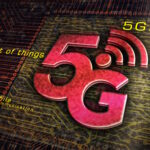Security breaches rarely start with a line of code—they usually begin in the boardroom. In complex cyber physical systems, where software meets operational infrastructure, the true root cause of failure is often not technical. It’s leadership.
Whether it’s a misconfigured SCADA controller, a compromised IoT gateway, or a sensor-level disruption that shuts down energy grids or manufacturing lines, one truth holds: the most damaging outcomes stem from a breakdown in executive decision-making, not just system architecture.
Behind every catastrophic incident is a delayed succession plan, a vacant CXO chair, or a Board that delegated critical oversight too far downstream. In this space, executive recruiting isn’t back-office—it’s business continuity. Executive search must identify leaders capable of owning both risk and resilience, because in cyber physical systems, leadership is the first line of defense.
Cyber failures don’t just expose your system. They expose your structure.
Why Cyber Physical Failures Are Leadership Failures First
Technical root cause analyses often miss the real failure point: leadership inaction. When pipelines shut down or traffic control systems go offline due to cyber intrusions, postmortems tend to focus on encryption gaps, firmware flaws, or delayed patches. But those are symptoms. The diagnosis often begins higher.
Was there a CEO or division head accountable for cyber-physical integration? Did the Board challenge the succession plan for key cybersecurity or operations roles? Were qualified executives recruited in time to anticipate threats as systems scaled?
In sectors where digital meets physical—energy, manufacturing, aerospace, critical infrastructure—leadership design is the real differentiator between resilience and exposure. Failures that reach the public eye are almost always preceded by silent breakdowns in communication, accountability, or succession coverage.
This is why recruiting is not just a function. It’s a core component of operational risk management.
When systems collapse, leadership silence is louder than alarm bells.
When Security Becomes Strategy: A CEO and Board-Level Priority
For many Boards, cybersecurity was historically framed as an IT or compliance item—reviewed, signed off, and delegated. That model no longer works. As digital systems become deeply embedded in physical operations, cybersecurity has become strategic. That means it’s now the CEO’s responsibility and a permanent agenda item for the Board.
Boards must not only demand security updates—they must shape them. That starts by asking hard questions about executive accountability:
- Who owns operational security across physical-digital interfaces?
- Is there a clear succession plan in the event of leadership loss during a security breach?
- Are retained search partners proactively identifying risk-literate leadership?
The organizations avoiding disaster aren’t the ones with the best tech—they’re the ones with governance structures built to respond fast, recover faster, and communicate transparently. That’s not driven by software; it’s driven by executive alignment.
In cyber-physical systems, resilience begins with the agenda-setting power of the Board.
Executive Search and Recruiting for Secure System Stewardship
Companies operating high-reliability systems often underestimate how specialized their leadership talent must be. In cyber physical ecosystems, successful executive recruiting doesn’t just fill a job—it aligns accountability across disciplines that traditionally don’t speak the same language.
You’re not just hiring a CISO or CTO. You’re recruiting a systems-oriented executive who understands mechanical tolerances, digital interfaces, and threat landscapes. You’re hiring someone who knows that latency is as critical as firewall strength, and that uptime in physical systems has lives—not just metrics—at stake.
Leading executive search firms are now building sector-specific candidate maps: CXOs who can lead across SCADA security, supply chain vulnerability, and digital twin oversight. These aren’t generalists—they’re integrators with a bias for risk-aware growth.
Boards and CEOs who treat this talent as scarce gain operational leverage. Those who delay search until after an incident lose credibility—internally and externally.
Security is a system—but it starts with a name on an org chart.
Succession Gaps That Create Security Risk
The absence of a clear succession plan isn’t just a governance issue—it’s a direct security risk. In interconnected systems, any delay in executive handoff widens the threat window. Whether it’s the sudden resignation of a CIO or the unplanned exit of a plant operations lead, every gap at the top becomes a vulnerability in the architecture below.
In firms managing infrastructure, logistics, or critical manufacturing, leadership transitions must be treated like system upgrades: planned, tested, and executed with no downtime. That requires Boards to invest in succession design and ongoing talent pipeline development in partnership with retained search professionals.
Reactive recruiting is too slow for zero-trust environments. Succession must be layered—where multiple internal and external candidates are identified, assessed, and readiness-tracked long before transitions happen.
Organizations that align their leadership and risk functions don’t just reduce exposure—they increase investor and stakeholder confidence during volatile periods.
In cyber physical ecosystems, every leadership vacancy is a point of failure.
Learning from Industry Failures: Governance Blind Spots and Recovery Gaps
The most instructive case studies in cyber physical breakdowns don’t come from technical forensics—they come from leadership audits. From utility outages to automated transit failures, it’s the governance gaps that often prolong recovery and amplify financial and reputational damage.
Post-incident reviews frequently reveal the same blind spots:
- Lack of Board oversight on succession planning for risk-sensitive roles
- Delayed or reactive recruiting processes following executive exits
- Absence of integrated leadership across security, operations, and engineering
Boards that treat executive design as an afterthought find themselves scrambling when failures hit. Conversely, those that invest in executive search relationships, real-time scenario modeling, and interim leadership readiness can rebound faster—and often avoid disaster altogether.
The lesson isn’t just to harden systems. It’s to harden leadership structures. In the face of escalating threat vectors, talent strategy is no longer an HR initiative. It’s a control point.
When you audit failure, you often find the breach started above the firewall.
Building Leadership Pipelines for Systems Under Threat
You can’t build cyber resilience with organizational fragility. Companies operating in high-risk, high-complexity sectors—energy, logistics, critical manufacturing—need more than a strong top layer. They need depth. That means building succession pipelines beyond the C-suite, particularly in roles tied to digital-physical system integrity.
This includes Heads of OpsSec, plant CTOs, and embedded security leads. Their expertise cannot live in silos or rest on a single individual. Succession planning in these functions needs to be continuous, data-informed, and recruiter-supported.
Smart organizations are formalizing this approach. They work with executive recruiters to benchmark high-potential internal talent while mapping the external market for plug-and-play leaders. They create role-specific readiness frameworks aligned with enterprise risk assessments.
Leadership turnover in these environments is inevitable. What matters is whether you’ve designed for it—or allowed it to remain a hidden liability.
A resilient system starts with a resilient bench.
The Role of Retained Recruiters in Risk-Sensitive Industries
In cyber physical organizations, the stakes of executive hiring are higher—and the margin for error is smaller. A single misfire in a CXO or VP-level role can stall remediation efforts, erode compliance timelines, or create misalignment between tech and ops functions.
That’s why retained recruiters are indispensable in risk-sensitive environments. These firms don’t just source candidates—they act as strategic talent advisors. They evaluate succession structures, stress-test job scopes, and build pre-vetted pipelines tailored to the organization’s risk profile. NOTE: If your current recruitment firm doesn’t offer a 3-year replacement guarantee, ask yourself why not.
Boards and CEOs who treat their recruiter relationships as transactional lose that strategic edge. The best-performing organizations maintain long-term partnerships with firms that understand their operating environment, regulatory exposure, and cultural context.
In an era where threat surfaces expand by the quarter, the smartest investment isn’t in the next security appliance—it’s in the executive who knows what to do when it fails.
In mission-critical systems, retained search isn’t overhead—it’s insurance.
In Cyber Physical Systems, Leadership Is the First Line of Defense
As digital and physical systems continue to converge, the cost of leadership failure is rising. Boards must treat executive design, succession, and recruiting with the same urgency they apply to patch management or vendor risk.
Failures in cyber physical security systems will keep happening. The question is: will your organization respond with clarity—or chaos? That answer doesn’t come from your firewall. It comes from your Boardroom.
Success in this space is not just about anticipating threats. It’s about anticipating who will lead through them.
The next breach won’t ask if you’re ready. Your leadership structure will answer on your behalf.
About NextGen Global Executive Search
NextGen Global Executive Search is a retained firm focused on elite executive placements for VC-backed, PE-owned, growth-stage companies and SMEs in complex sectors such as MedTech, IoT, Power Electronics, Robotics, Defense and Photonics. With deep industry relationships, succession planning expertise and a performance-first approach to recruiting, NextGen not only offers an industry-leading replacement guarantee, they also help CEOs and Boards future-proof their leadership teams for long-term success.














